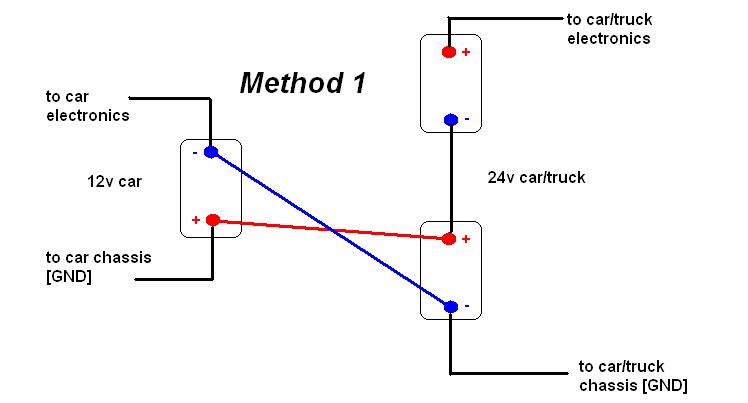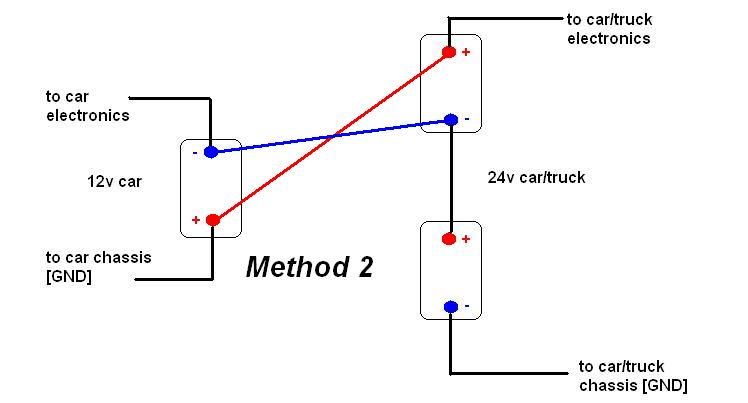Have fun with 24v, I have an outboard converter for trailer light and would not buy that again as it is to expensive to forget/get stolen.
Maybe I will use some extra cable so the converter can stay in the vehicle.
I have a switch to switch off the radio 12V inverter because it will drain the battery for sure.
Are you sure you can get enough and a steady supply of vwo (oil or fat?)
Above freezing my HJ60 can take up to 83% salad oil. (mix with 100 ml 2-stroke or new engine oil)
So maybe you can first drive a few thousend km without extra tank and collect more info from other hj60 vwo dual tank setups and learn from these owners?
In Europe the oil supply and waste removing will be closely monitored in the future.
At this moment I cannot get the oil even if they want to give it to me because I can not deliver an official document that I am allowed to collect waste oil.
I have found some shops have more waste oil than they should have for the production/tax they pay, so there is some potential...
Because I store the oil in my backyard that is a crime, driving it is a crime (no tax) so the whole thing is more about becoming an anarchist (αν αρχος) and hating the establishment

Old diesels can drive on wvo so the Dutch government bans old dielsels

Shell and major stake holder queen beatrix must love this "democratic" outcome
 http://www.nytimes.com/2012/11/25/automobiles/old-car-owners-bristle-at-proposed-ban.html?_r=0
http://www.nytimes.com/2012/11/25/automobiles/old-car-owners-bristle-at-proposed-ban.html?_r=0
Lasse this online shop in Germany sells a lot of vwo stuff:
http://www.monopoel.de/catalog/filtration-c-45.html
lol, anarchist have other thingt to do than thinking about transportation

 http://www.i-f-a.org/index.php/component/search/?searchword=wvo&searchphrase=all&Itemid=146
http://www.i-f-a.org/index.php/component/search/?searchword=wvo&searchphrase=all&Itemid=146










